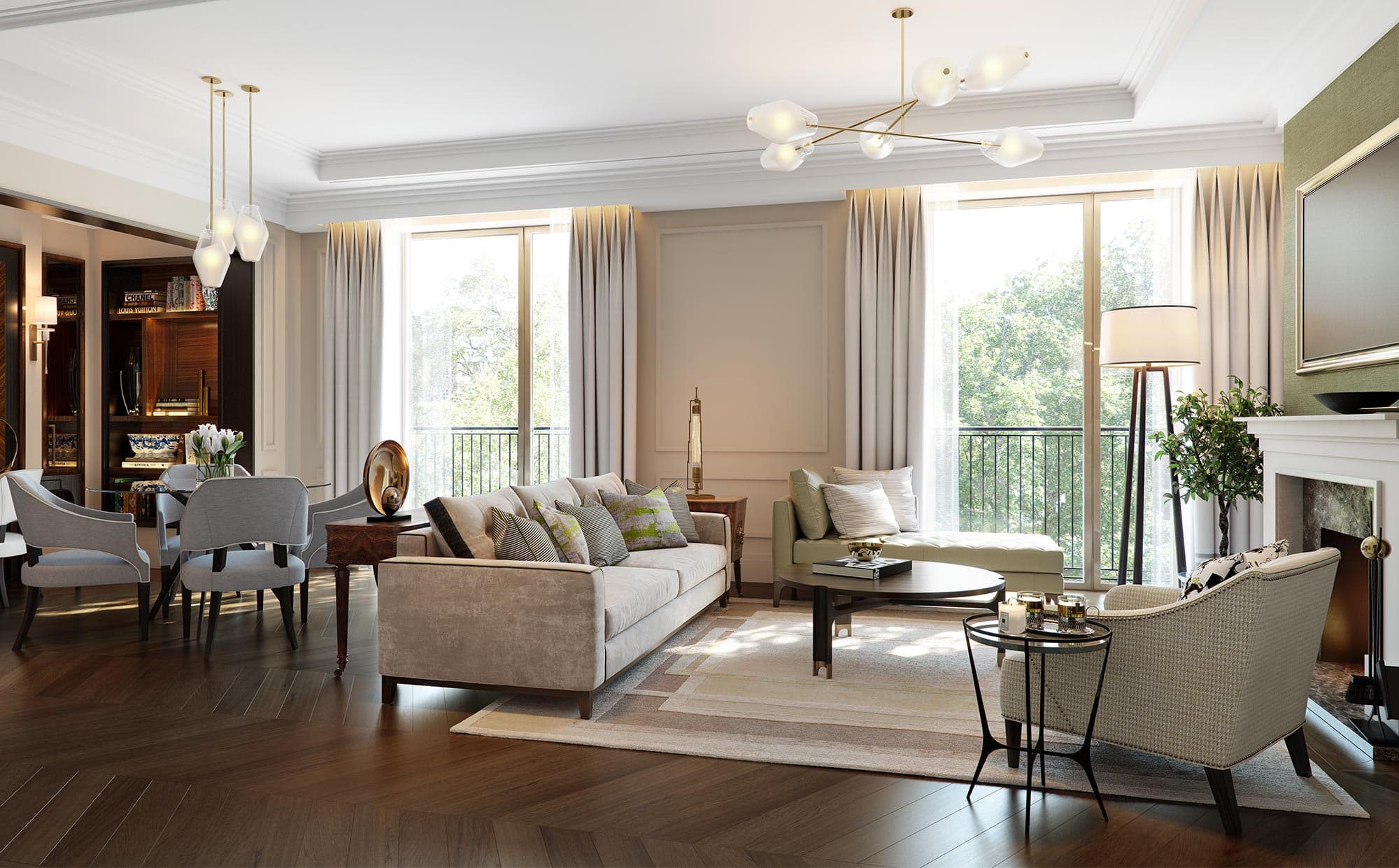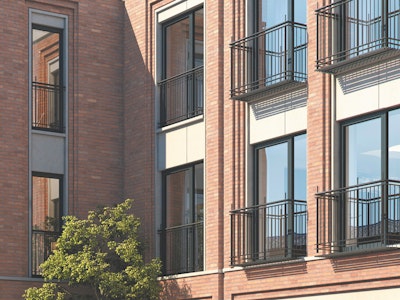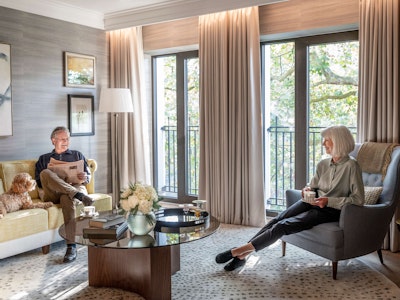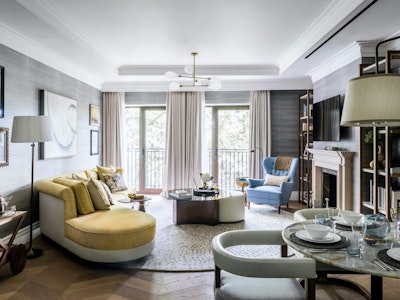Embracing the Future: High-Tech Retirement Living on the Rise

According to the UN, the number of citizens over 60 is projected to have grown by 56% by 2030, a figure that is expected to double again by 2050. Let’s face it: traditional retirement housing has a reputation for dreariness for good reason, but thankfully we are now seeing inspiring schemes that disrupt this stereotype.
Among the 30,000-odd projects listed on the Built-ID platform, there are some exciting examples of retirement homes where community, placemaking and amenity are given as much attention as other developments aimed at the wider market. Take Auriens, a new luxury senior living developer whose interiors are designed by Built-ID member Richmond International. The building benefits from fully integrated care and health facilities alongside a restaurant, spa, gym, private members’ club, café, library and cinema. The motive behind this impressive array of amenities is simple: ‘Auriens is not just a place to reside but to socialise.’
For younger generations, the industry is increasingly prioritising the importance of amenities and creating a sense of community, particularly within PRS schemes. As research links loneliness with mental decline, harnessing their potential for seniors seems key.
While such a luxurious offering as Auriens is not accessible for all, a precedent is also emerging for more affordable senior living models that combat the social isolation traditionally associated with senior living solutions.

A lounge in Auriens’ ‘later-life luxe’ rental scheme in Chelsea
When you look at some of the great initiatives that are already underway in this space, it is easy to see how technology can play a key role. The importance placed on curating a sense of community is central to these initiatives, with many facilitating intergenerational interaction. For example, the LinkAges project in Cambridge provides postgraduate students with reduced rents in exchange for 15 hours per month of volunteer work with existing older residents.
A Dutch nursing home provides free rent to students in exchange for 30 hours of their time each month, which is spent familiarising their elderly neighbours with technology, including email, social media, and Skype. Such initiatives could benefit greatly from dedicated digital tools, including the booking and community apps that are increasingly deployed for office occupier ease and connectivity.
Better living standard US-based Generations of Hope has rolled out a variety of schemes in which seniors gain affordable homes in exchange for dedicating time to supporting foster families within the community, for example. Dedicated assembly spaces for community dinners and rooms for activities such as tutoring and art classes forge intergenerational connectivity into the very design of the schemes. In such a context, technology such as Reminder Rosie and Amazon’s Alexa can ensure senior residents have simple access to event notifications and information regarding community activities.
At the heart of assistive living technology’s potential is an enhancement of both connectivity and independence. Technology such as MedMinder and Robear – a nursing care robot designed to lift patients out of beds and wheelchairs – can provide crucial caregiving assistance.
All of this will result in a better living standard, with care teams having more quality time to spend with residents. These data-rich communities provide a less intrusive way of monitoring older people and enable senior living developments to more closely resemble a home-like environment.
Some senior living providers are already embracing the great potential in assistive living technology, such as a modular development located by the University of Southern Indiana. The team behind this intergenerational scheme is reportedly working with Amazon to create an Alexa skillset optimised for use within its senior housing.
The emphasis on intergenerational living is set to grow and with it a shift in senior living design itself. Vertical villages built close to public transportation or college campuses suit intergenerational living in a way that suburban, isolated locations may not. We should anticipate senior living design developing vertically, with an associated uptick in integrated technology and shared amenity space.
The property sector would do well to focus on this growing demand for high-tech, collaborative retirement living. Our seniors will increasingly be people comfortable with the shared economy, who place a strong emphasis on experience over ownership: essentially, people who will thrive in this intergenerational, technologically-enabled form of living.
Savannah de Savary is founder and chief executive of Built-ID.
Read More


